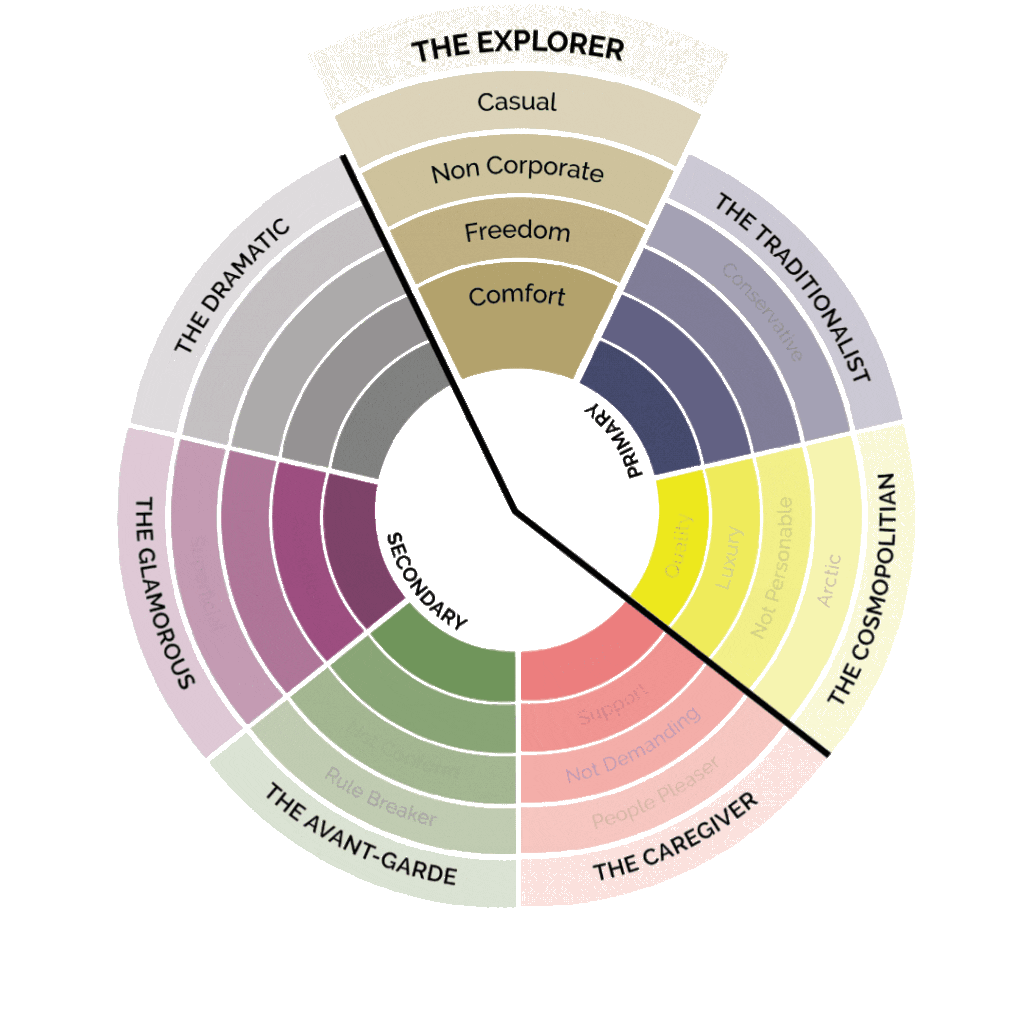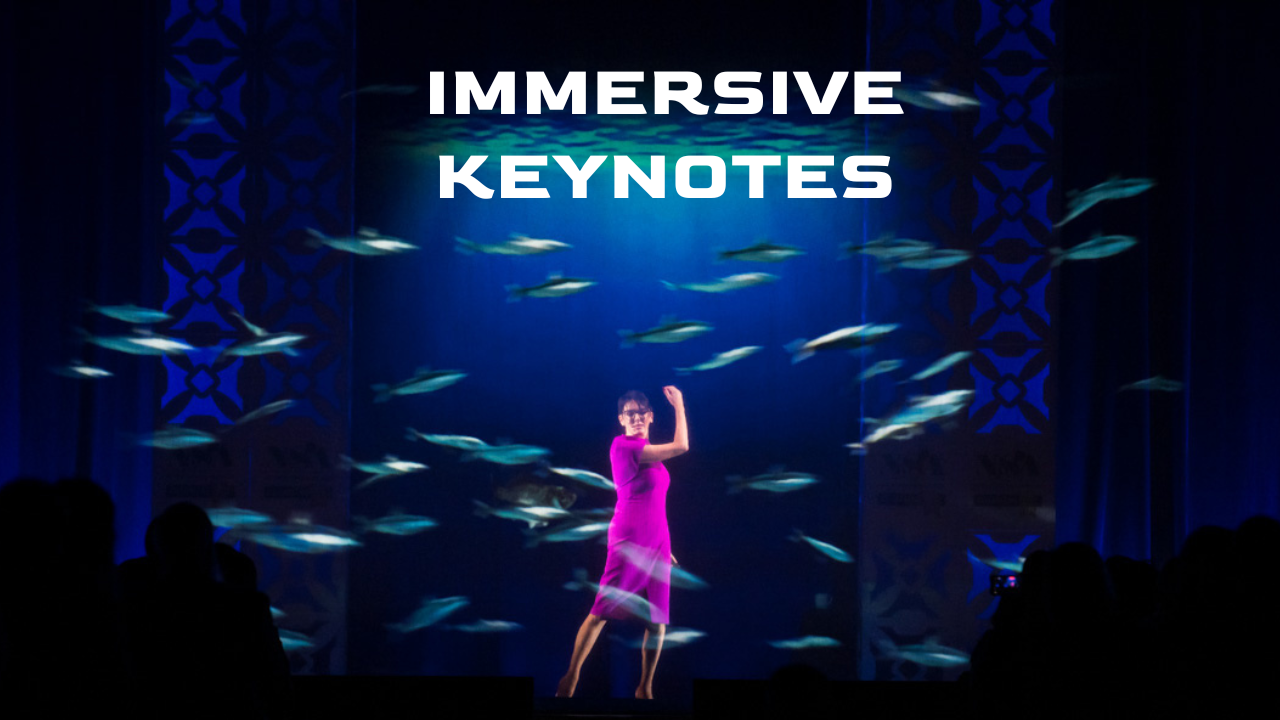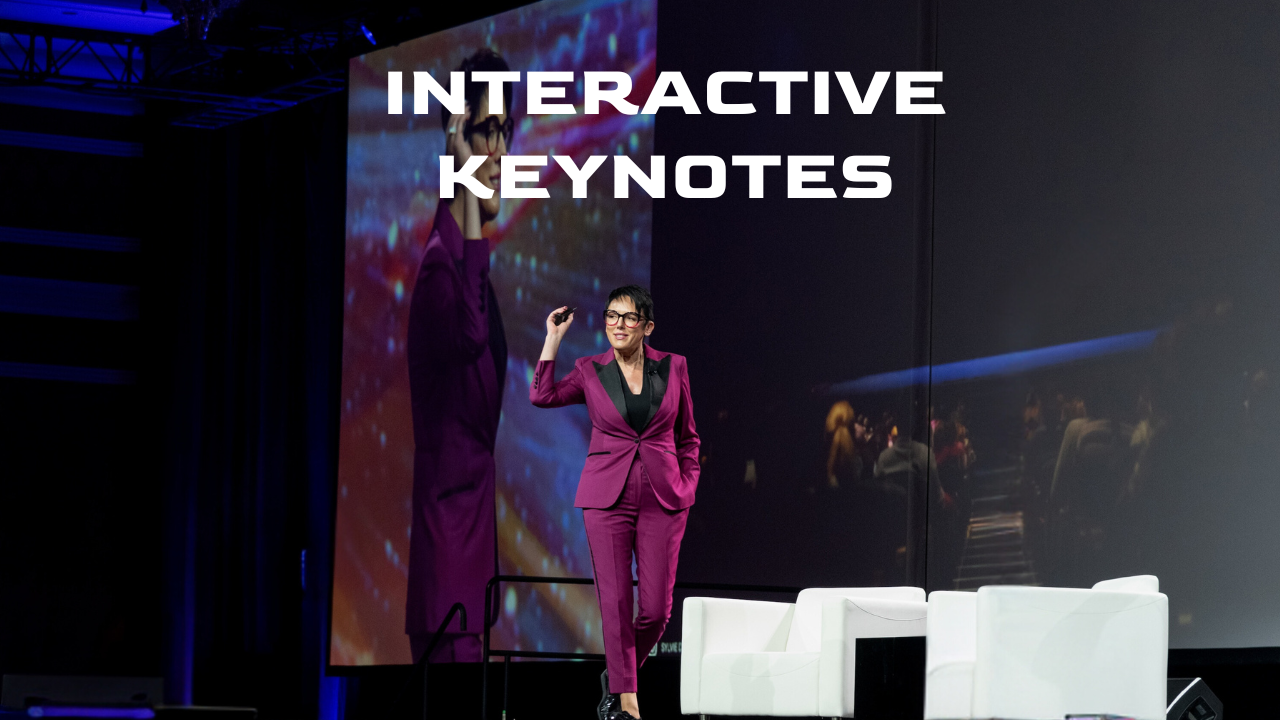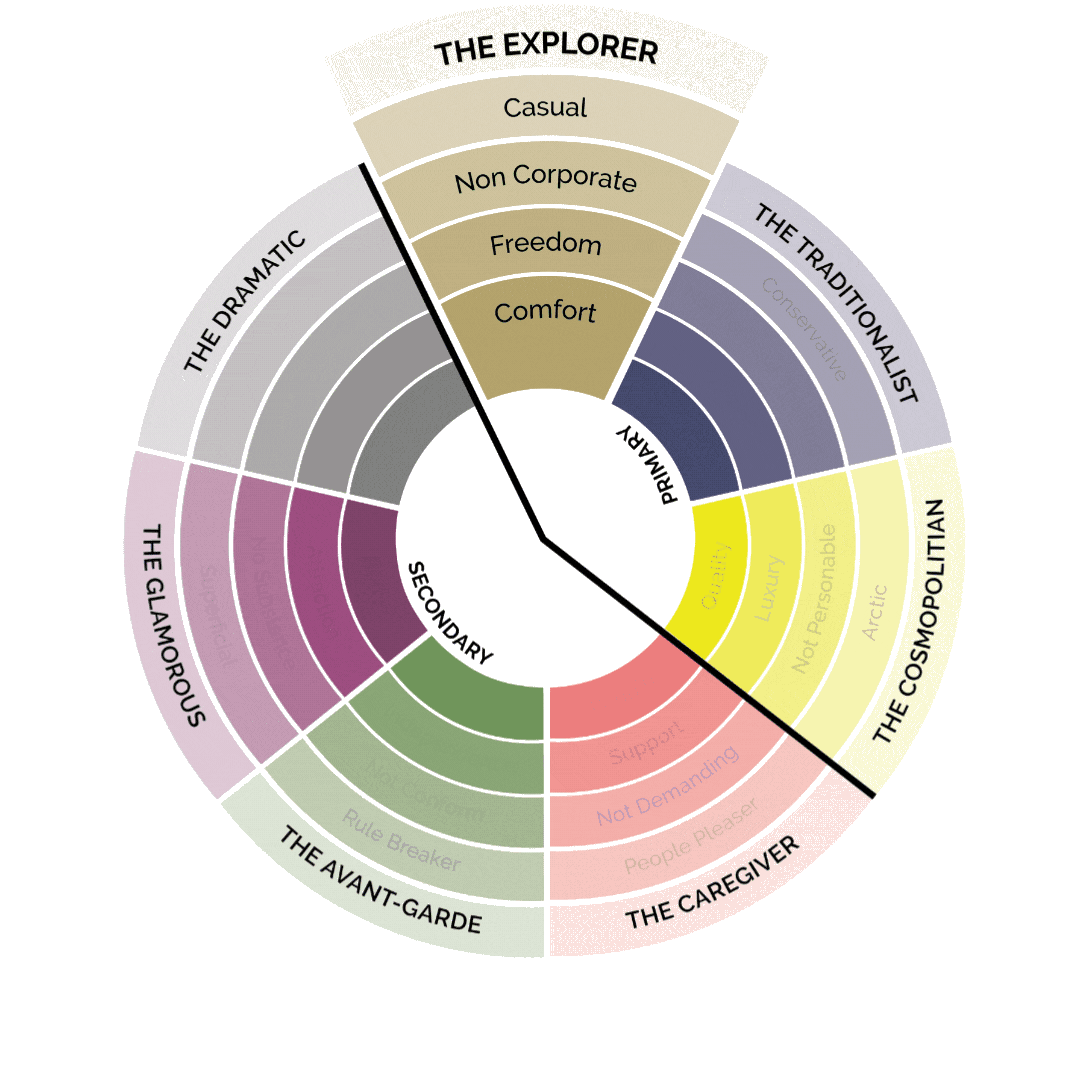Paying for Media Coverage: Is That Really a Feature or Just a Fancy Invoice?
Another week, another email. This time, it was an invitation to appear on the cover of a glamorous magazine no one’s ever heard of. The irony? They wanted to feature me as “The Most Impactful Legal Professional to Watch.” If you know anything about me, I’m as far from being a legal professional as one can get—unless courtroom dramas on Netflix count.
But this isn’t the first, and it certainly won’t be the last. I receive offers like this nearly every week. Maybe you have too. A polished email, an exciting title, a promise of recognition. It lands in your inbox like a compliment dipped in gold foil.
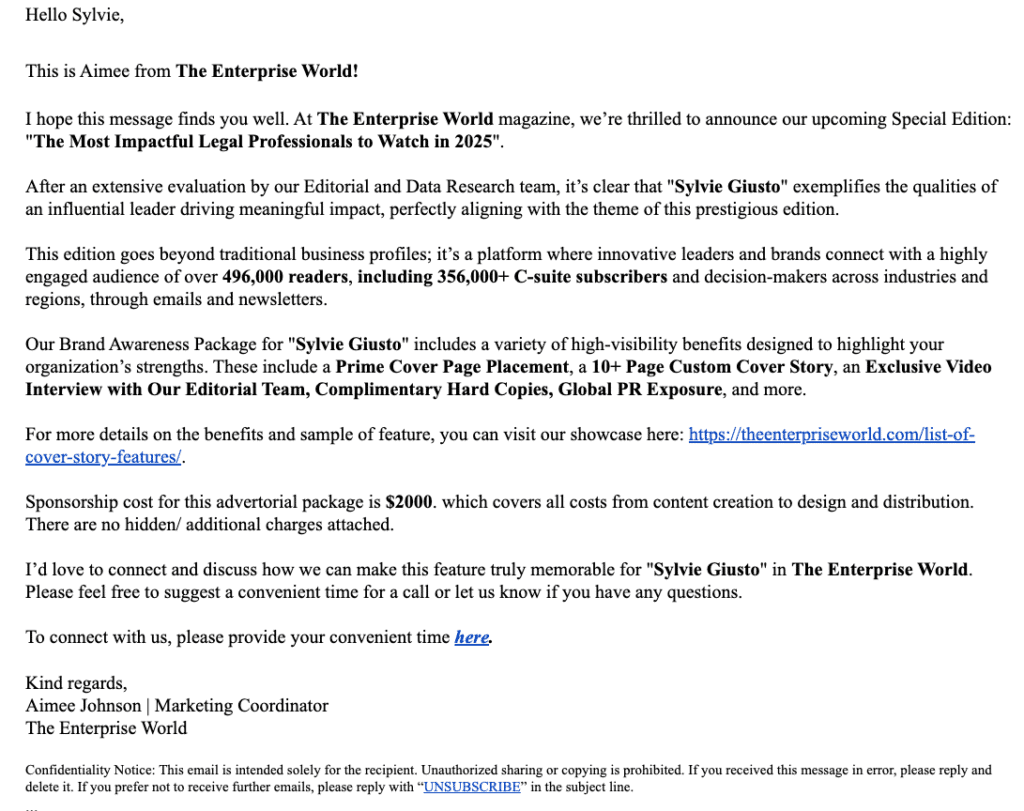
And now you’re wondering: Should I say yes? Is this real? Or is it just another cleverly disguised sales pitch dressed up as an honor? Let’s talk about what’s really going on.
Key Takeaways
- Paying for media coverage is often disguised as a magazine “feature” or “editorial” but is essentially a sponsored placement.
- These offers typically come from unknown or low-credibility publications with inflated distribution claims.
- Vanity-style placements may offer temporary visibility but can harm your reputation if uncovered.
- The language used in these emails is flattering and vague, designed to emotionally prime you for a sale.
- Real media coverage is earned through merit, newsworthiness, or expert contribution, not payment.
- Being featured in a paid publication is not the same as being featured by the press.
- These practices target high-achieving professionals who crave credibility but confuse exposure with influence.
- There are smarter, more strategic ways to get real press without compromising your integrity.
The Email That Sounds Like a Compliment (But Isn’t)
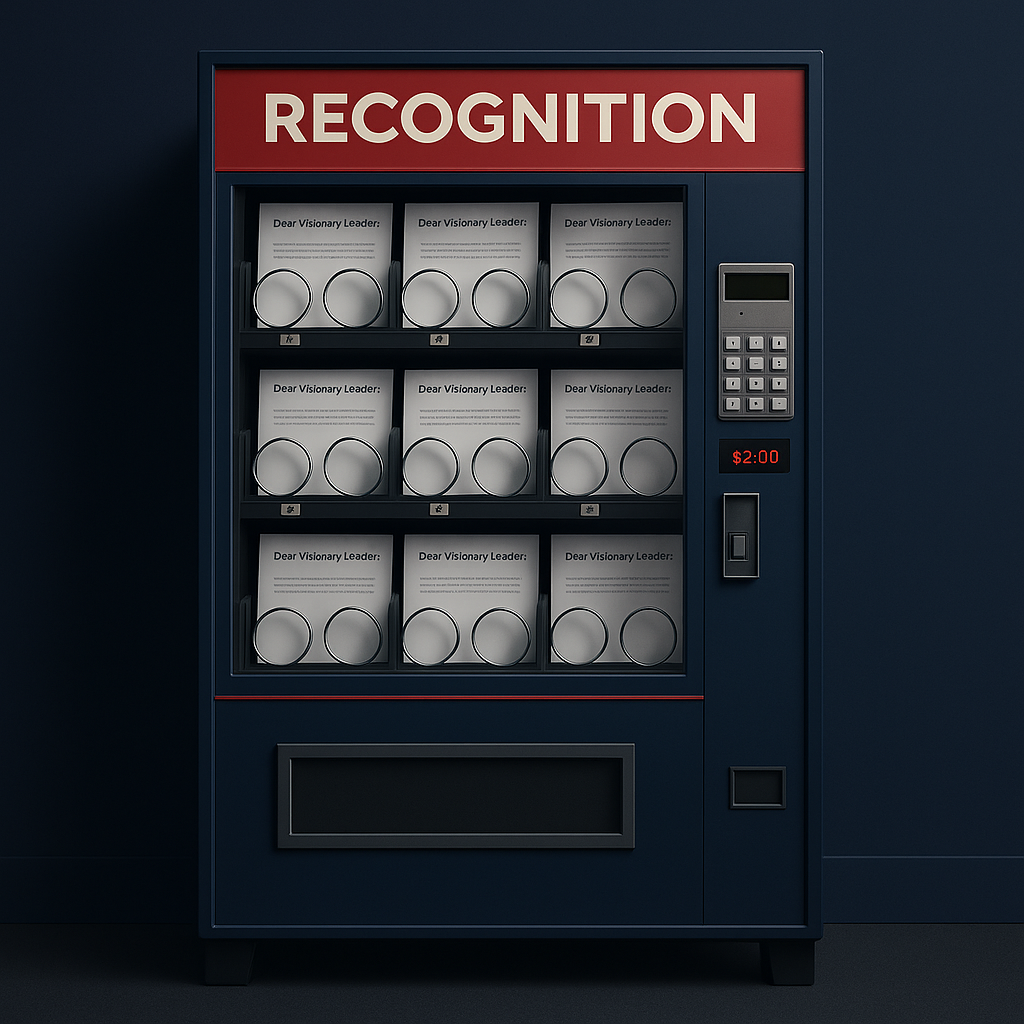
It usually begins with some version of this: “After a thorough evaluation by our editorial board, we believe you are a top innovator, visionary, or changemaker in your field.”
Sounds flattering, doesn’t it? But if you read it twice (and you should) it becomes clear that it’s a compliment copy-pasted for mass production.
No mention of what you actually did. No details about why you were selected. Just praise that feels personal, but is likely sent to hundreds of inboxes.
It’s like getting a love letter with no name on it. You’re left wondering: was it meant for me, or just meant to make me respond?
They’ll flatter you into feeling seen. Then softly introduce their “Brand Awareness Package,” which includes all the bells and whistles: a 10-page spread, a custom interview, social media posts, newsletter placements, printed copies, and of course, global visibility.
By the time they mention cost, they’ve already made you feel special. And that feeling? It’s often just enough to blur your better judgment.
The hook? You don’t have to apply. Because you’ve already been chosen. But you do have to pay. A lot.
You weren’t discovered. You were added to a spreadsheet.
What You’re Really Paying For
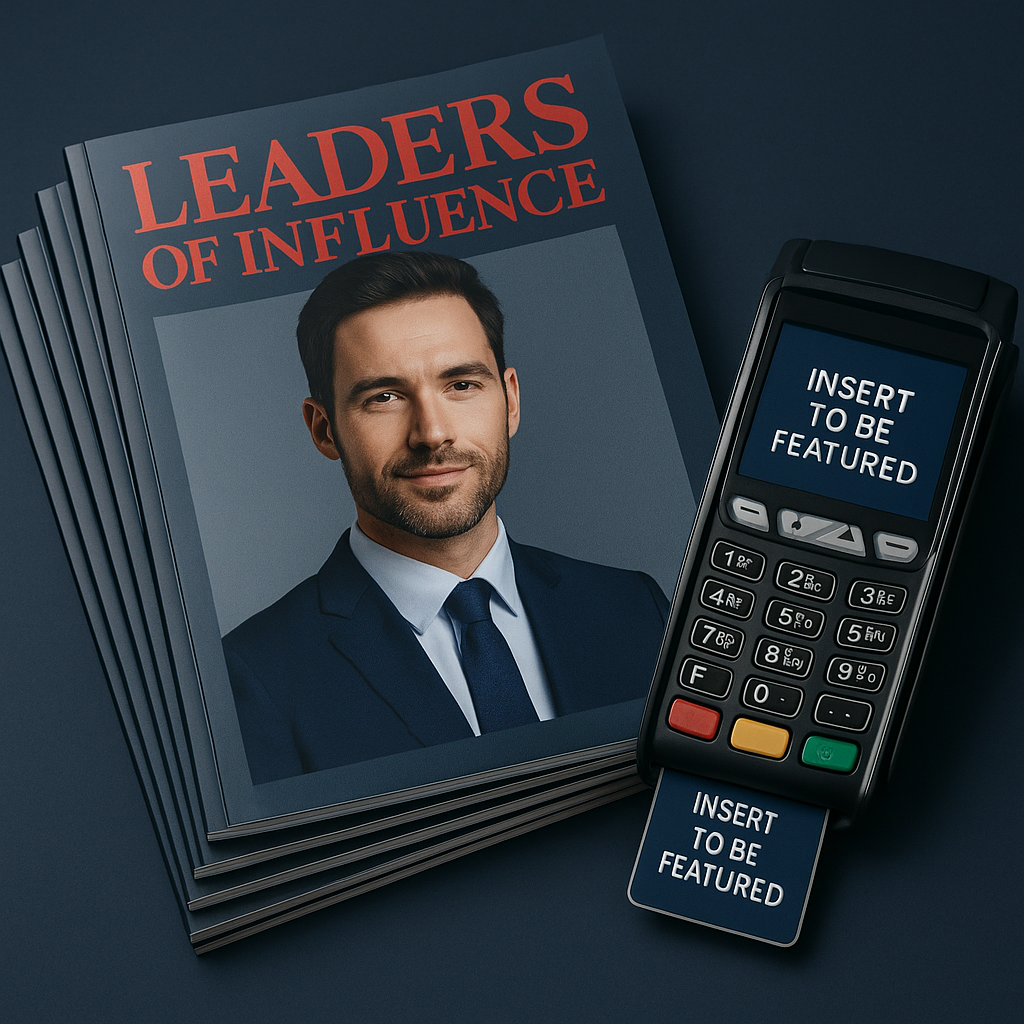
Let’s not sugarcoat this. These offers are transactions, not recognitions. What you’re paying for isn’t journalism; it’s content placement. The editorial team? Often interchangeable with the sales team. The article? Often ghostwritten. The distribution? Sometimes inflated. The audience? Questionable. It’s less a press opportunity, more a PR costume party where everyone’s wearing the same rented tux.
You’re not being featured because a journalist found your work compelling. You’re being featured because you agreed to foot the bill. And usually, you don’t even get editorial control; just a flattering layout that could’ve been written about anyone.
To be clear: advertising isn’t a scam. Sponsored content has a place in strategic visibility. But transparency is the non-negotiable here. If it looks like editorial and reads like journalism but is bought like an ad, it’s not just misleading, it’s manipulative.
Worse, if your audience uncovers the truth, it doesn’t just undermine the article. It undermines you. It raises questions about everything else you’ve claimed to be authentic. And in a world where credibility is earned inch by inch, that’s not a trade worth making.
These are not isolated incidents. There’s an entire ecosystem profiting off professionals willing to pay to be featured in media, blurring the line between endorsement and exposure.
You paid for visibility. What you sacrificed was trust.
The Psychology Behind It
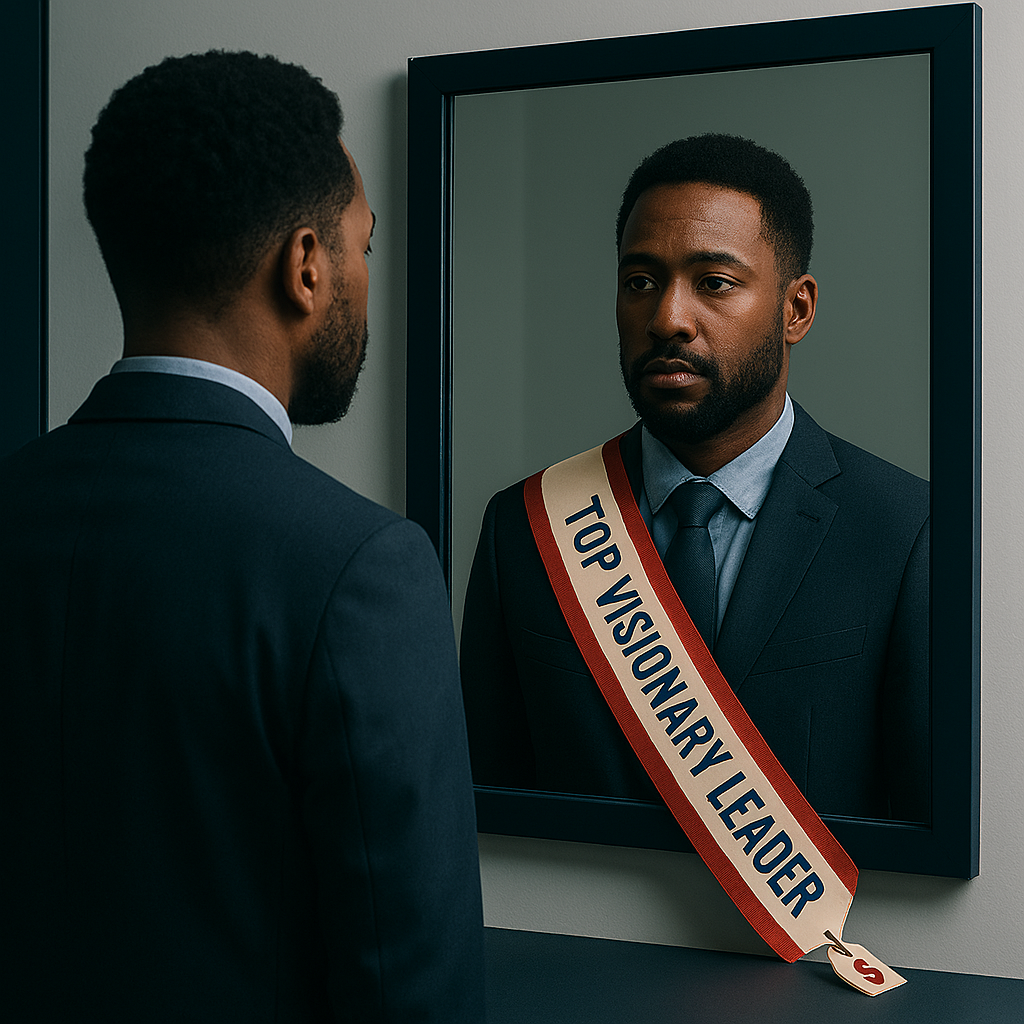
High achievers are prime targets for this model. Why? Because we care deeply. We work hard, we deliver results, and we’re often too busy to scrutinize every email that lands in our inbox. Recognition feels earned, even when it’s not.
There’s also the dopamine hit of being noticed, even if we didn’t ask for it. It feels like validation. Like we’re finally being seen, acknowledged, and celebrated.
It taps into the very same emotional circuitry that keeps us checking our phones for likes or scrolling LinkedIn for a hit of relevance.
But what we’re really being is sold to with precision.
They know exactly how to frame the email. How to build urgency. How to blend data with desire. How to mix credibility-sounding numbers with emotionally charged language. It’s not recognition; it’s a sales funnel. And if you don’t pause, you might confuse the bait for the reward.
If you’ve ever felt that sudden pull to say “yes,” that’s not an accident. That’s buying media exposure dressed up as being “discovered.”
They don’t know your value. They just know how to sell to someone who works hard.
Why This Hurts Your Brand
The short-term appeal of exposure can come with long-term costs. What feels like a quick credibility boost can actually unravel the trust you’ve spent years building. In the world of personal branding, perception isn’t just part of the game; it’s the entire playing field.
Here’s how it can backfire:
- You lose credibility with peers and industry insiders who know the publication is pay-to-play.
- You dilute the power of real press by aligning yourself with sponsored accolades.
- You risk being viewed as someone who buys influence rather than earns it.
- You associate your name with companies that may not even vet who they feature.
- You look inauthentic, because the story wasn’t discovered; it was delivered.
- You confuse audiences who assumed the spotlight was earned, not exchanged for payment.
- You become one of many, just another professional on a carousel of indistinguishable “featured leaders.”
- You signal that you’re okay with sponsored media features masquerading as earned credibility.

Perception is currency. Don’t spend yours in the wrong marketplace. Every time you endorse these schemes with your signature or payment, you reinforce the illusion that influence can be bought. And eventually, people stop listening. Not because you’re not worth hearing, but because they question the source of the spotlight.
Even worse, you may find yourself caught in a cycle of needing more and more visibility to validate the original visibility you paid for. One feature turns into another, then another, and suddenly you’re deep in a rabbit hole of performative credibility. Each one chips away at the authenticity that people actually connect with.
And while it might feel like no one is watching, someone always is: a peer, a client, a decision-maker. People may never call you out directly, but they’ll remember. They’ll quietly start to disqualify what you say, what you sell, and what you stand for. Not because they doubt your talent, but because they saw your trust traded for a transaction.
If it’s bought, it’s not believable. And if it’s not believable, it’s not branding.
How to Spot These Emails From a Mile Away
These emails might arrive with a flourish, wrapped in flattering language and urgency, but their playbook is often the same. They promise recognition, when what they’re really selling is attention: yours, and hopefully, your network’s.
You don’t need a degree in media ethics to spot a paid feature email. Here are the signs:
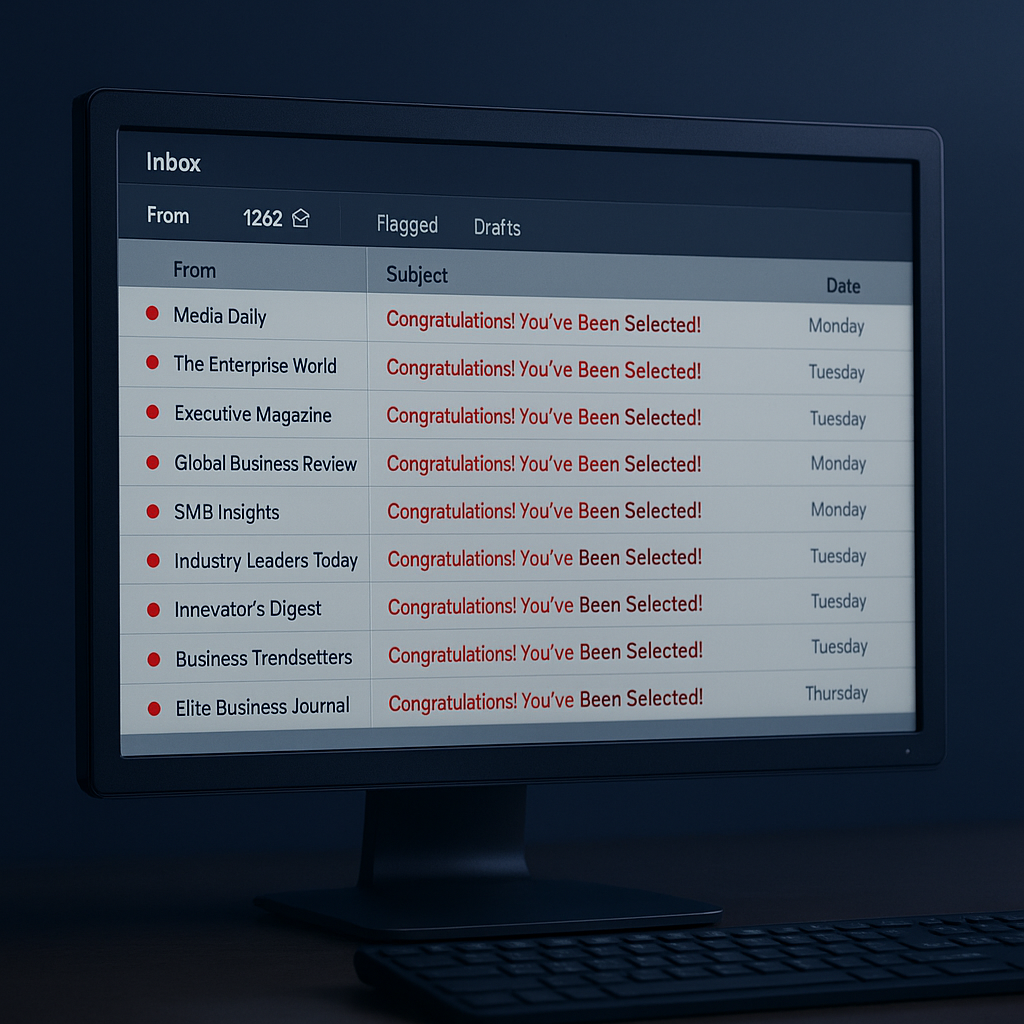
- The sender is from a publication you’ve never heard of.
- The subject line includes phrases like “Impactful Leaders,” “Top Professionals,” or “Featured Visionaries.”
- The email lacks specific information about your accomplishments.
- There’s mention of a “package” or “sponsorship fee.”
- The tone is overly flattering and vague.
- The publication’s website feels templated or generic.
- They want to hop on a call immediately, before you ask too many questions.
If you start reading these messages like a marketer instead of a flattered recipient, the red flags practically wave themselves. This isn’t media exposure, it’s media exploitation disguised as an opportunity. And knowing how to spot it is your first line of defense.
Real press asks questions. Paid press sends packages.
Are There Any Legitimate Paid Media Options?
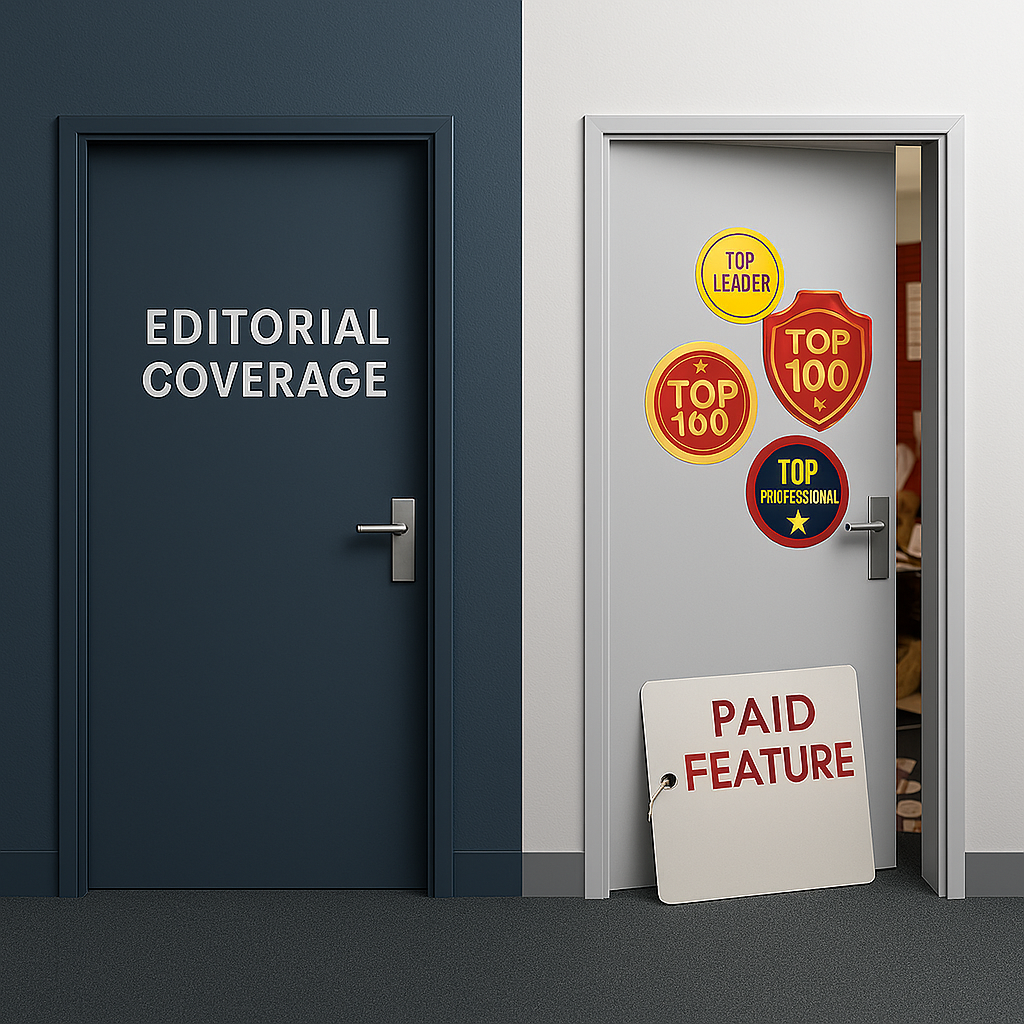
Yes. But they look different.
There is a meaningful difference between vanity features and strategic media placements, and it’s not just about the price tag. It’s about disclosure, intent, and audience trust. While some paid media opportunities are designed to deceive, others are part of a transparent strategy where value is exchanged honestly. Credibility isn’t lost when expectations are clear.
Legitimate sponsored content is transparent. It’s labeled as sponsored. It appears on platforms that have established editorial teams and real audiences. Think Harvard Business Review partner content, or sponsored newsletters.
The key is context and credibility.
If you choose to invest in paid content, do it strategically:
- Vet the platform’s reach, relevance, and readership.
- Ensure it aligns with your audience and goals.
- Label it as paid when sharing.
- Treat it like advertising, not validation.
- Ask yourself if the same story would hold up without the payment.
- Avoid platforms known for pushing paid magazine spotlights under the guise of earned credibility.
When done well, paid content can support a broader strategy. When done blindly, it can quietly erode the very trust you’re trying to build.
It’s not the payment that discredits you. It’s pretending it wasn’t one.
Real Visibility Doesn’t Start With a Payment Link
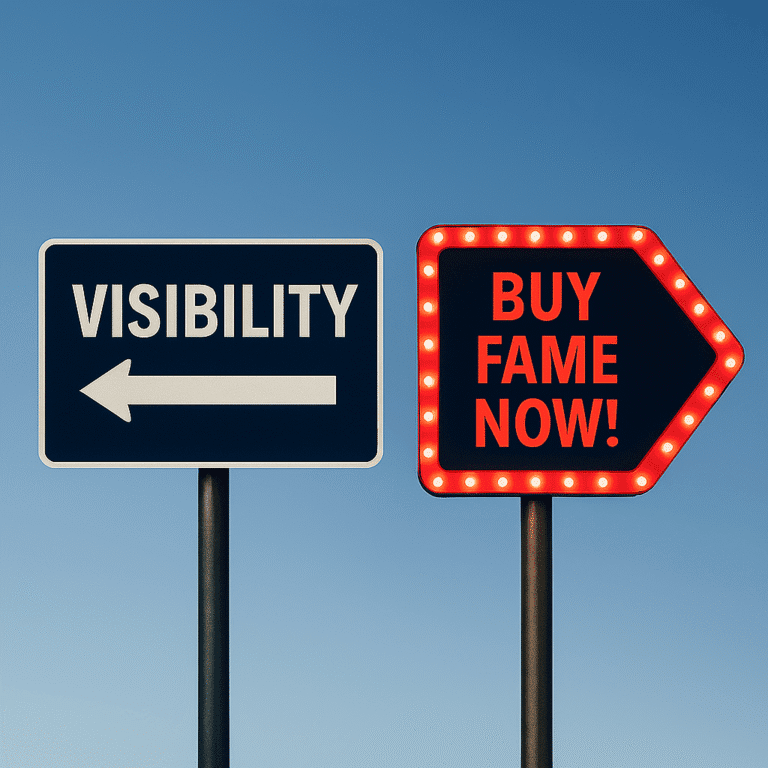
Want true credibility? Contribute value, not credit card details.
The professionals who earn lasting influence are the ones who give before they take. Who build before they broadcast. Who realize that true visibility isn’t about buying space, it’s about earning attention. Every meaningful media opportunity I’ve had, every quote, feature, or spotlight, has come through consistent value delivery, not a transaction.
Pitch yourself to reputable media as an expert source. Offer insights or case studies. Write thought leadership content for established platforms. Join panels. Speak at conferences. Build relationships with journalists. Curate your digital presence so when they look for you, they find credibility, not clickbait.
Visibility that leads to trust isn’t instant. But it’s lasting. And it compounds: when one trusted source features you, others start paying attention. That’s when real momentum begins.
Your brand doesn’t need a shortcut. It needs a compass. And the path to meaningful media coverage is paved with clarity, intention, and contribution. If you need a place to start, explore my post: PR in business
The right people will find you. But only if you’ve made yourself findable.
Choose Impact Over Impression
A glossy magazine cover may look good in a frame. But what’s the story behind it? If that story begins with a paid invoice and ends with a templated interview, ask yourself: who’s really benefitting?
Your brand deserves more than a vanity placement. It deserves respect, relevance, and relationships that weren’t purchased, but earned.
So next time an email promises the spotlight, ask what you’re truly being offered: exposure, or a transaction dressed up in flattery? The smartest professionals know the difference. Do you?
